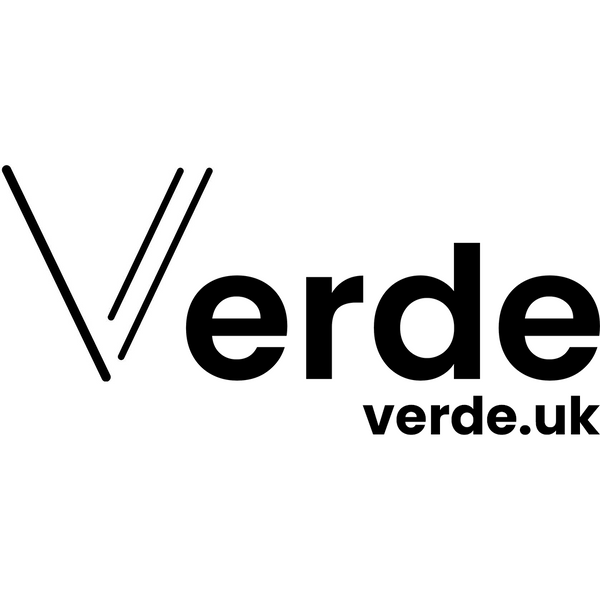
A Stitch in Time: Needle and Hook Sizes and Their Origins
Knitting needle and crochet hook sizes can often be a maze for crafters, with different systems used in the UK, US, and other parts of the world. These sizing systems are not just arbitrary numbers but carry a rich history and cultural significance. This blog post dives into the origins and evolution of these sizing methods, shedding light on the intricacies of knitting and crocheting tools.
Why Size Matters in Your Projects
So let's begin by establishing what we mean by "needle and hook size". In knitting and crochet, the size of a needle or hook refers to its diameter. The needle or hook you use directly impacts the size of your stitches and therefore the gauge or tension of your knitted or crocheted fabric. Using a larger hook or needle than required can make your stitches looser, giving your project a drapey finish. On the other hand, a smaller one can result in tighter stitches, leading to a stiffer fabric. When your size is on point, your finished project will match the dimensions specified in the pattern, which is, of course, the dream!

A Tale of Three Systems
The traditional UK, US, and metric systems are the primary methods for measuring knitting needles and crochet hooks, each presenting its unique approach to sizing.
The UK System: Roots in Wire Gauge
Historically, the UK's numbering system was closely related to the wire gauge system, otherwise known as the Birmingham or Stubs Iron Wire Gauge. This standardised system was used in the 19th and early 20th centuries to measure the diameter of wire and small tools. The sizing started with the smallest size at 14 and went up to the largest size at 000. The principle was simple: the higher the gauge, the smaller the diameter. This system, which may seem counterintuitive, influenced traditional UK knitting needle sizes, however, the metric system is now widely adopted as the system for knitting needle and crochet hook sizes.
The US System: A New Path
The US knitting needle and crochet hook sizes embarked on a different trajectory. The original system was similar to that of the UK, but it underwent changes in the mid-20th century. For knitting needles, the sizes started from 0 and went up, meaning the larger the number, the larger the diameter. For crochet hooks, the US introduced a combined numerical-lettering system that ranged from B (the smallest) to S (the largest).
The Metric System: Simplicity and Precision
The metric system, commonly used throughout Europe, Canada, and an increasing number of countries worldwide, measures the diameter of knitting needles and crochet hooks directly in millimetres. With sizes starting from as small as 2.0 mm and going up to 25.0 mm or more, the metric system offers simplicity and accuracy, increasingly appealing in the world of crafting.
Beyond the Big Three
Beyond the traditional UK, US, and metric systems, other sizing methods are also in use. For instance, the Japanese system is similar to the metric system, where sizes are measured directly in millimetres, but crochet hooks are labelled with different numerical sizes, not dissimilar from the US system.

From Origins to Your Crafting Table
The story of knitting needle and crochet hook sizes is a tale of evolution. In the past, tools' sizes were often determined by the materials available and regional preferences. The absence of standardisation resulted in variations across communities and countries. Over time, as the popularity of knitting and crochet spread, efforts were made to establish standard sizes, with metric now becoming more and more prominent.
Choosing the correct needle or hook size is crucial for achieving the right tension and gauge in your project. A pattern will always refer to a recommended needle or hook size but there are conversion charts for knitting and crochet available to help if a different sizing system is used.
As we share patterns, techniques, and inspiration across borders, understanding these sizing differences becomes crucial. So the next time you pick up your needles or hooks, remember - whether they're a UK 8, a US 6, a metric 4 mm, or anything in between, you're part of a larger, global narrative.
Happy crafting!
